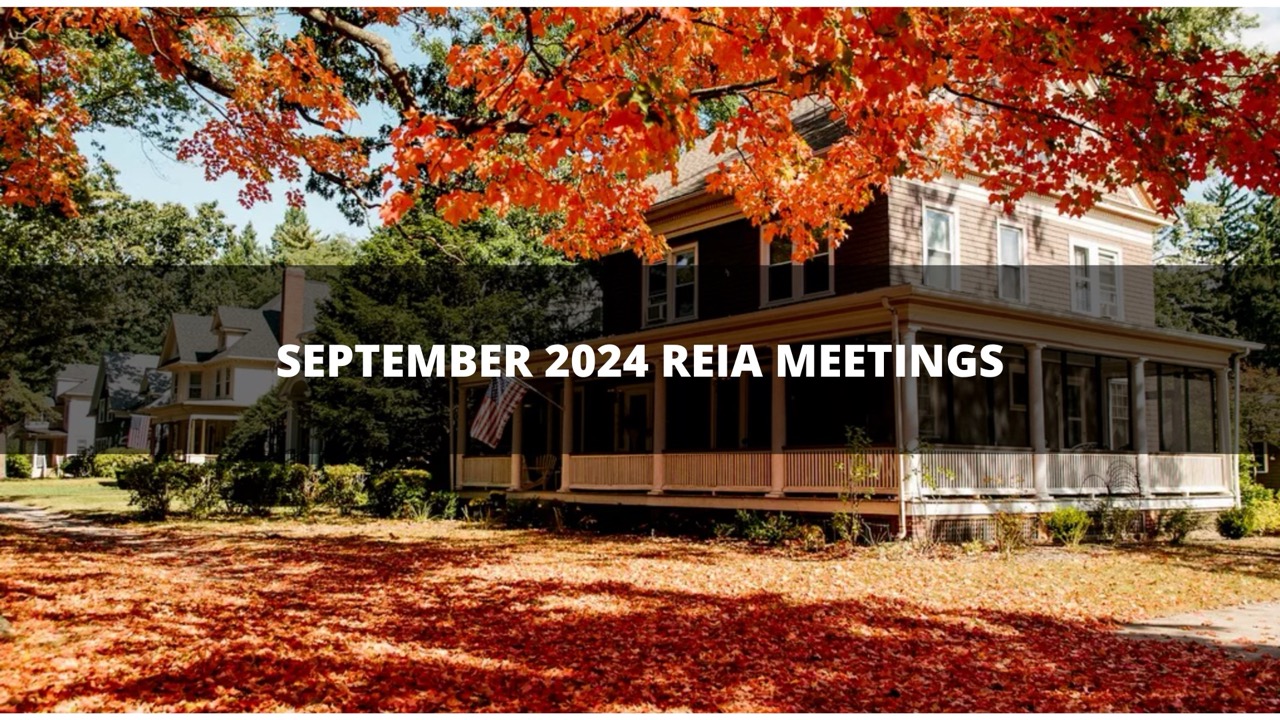How to Analyze and Buy a Property to Rehab, Part I
The other day, a new investor asked me, “What are the steps to buying a property to rehab?” I immediately let her know that there’s no simple answer to this. This is a huge subject that entire boot camps have been devoted to. But I decided to give a stab at answering her question. So today I’m going to give you a skeleton outline of how this whole thing works. I didn’t have time to type it out, so I spoke my answer into a voice recorder and had it transcribed. So if this seems sloppy, just understand that that’s just how I talk! 🙂 From the transcription…
If you plan to buy a fixer upper, one option you have is spending a lot of money on marketing trying to get sellers to call you, whether you’re advertising on the Internet or you’re sending postcards to, let’s say, out of state owners. Or the simple way that works well for most investors is logging onto myhousedeals.com and pursuing the wholesale deals and motivated seller leads in the member’s area. You can call on these properties to buy them. You can get a free trial at www.myhousedeals.com/freetrial.
If you plan to fix and resell these properties there’s one set of steps, and if you plan to wholesale these properties there’s a different set of steps. Today, I’ll just cover rehabbing. When you see a property you like on the website, you’ll want to pull comps either on your own or through a Realtor to determine what the after repair value really is. Don’t just go by whatever the seller says it is.
Now, on to repairs. If you’re looking at a deal on myhousedeals.com, pay attention to the the pictures. If the house is falling down and they say it needs $3,000 in repairs, then you can save a lot of time by marking that property off your list and moving on to the next. Pictures often say a thousand words.
You also want to look at their repair comments to see what they’ve indicated the repairs really are. If you’re still interested in the property, you’ll want to call that investor. Let’s assume it’s a wholesale deal. Schedule to meet them at the property so you can look at it. Or sometimes they’ll give you a lock box code for you to go at your own convenience and look at a property.
Now when you’re at the property, you’re trying to assess the actual cost of repairs. And you’re also looking at the neighborhood. But you’ll spend most of your time on the cost of repairs. And if you’re inexperienced at estimating repairs, have a contractor meet you there to help you do that.
After you estimate these repairs, go back to your office or home and calculate an offer price. Your offer price should be based on a formula. The formula goes like this. Take 70% times the after repair value based on your comps minus the cost of repairs. So let’s say, you think the after repaired value is $100,000. Take 70% of that. So you’re down to $70,000. And if you think the cost of repairs is $10,000, subtract $10,000 from the $70,000. So you’re down to $60,000 as your maximum offer price.
If you’re planning to hold this property as a rental, then it’s much more acceptable for you to make an offer more in the range of 80% of the after repair value minus the cost of repairs. So long as it still cash flows.
You want to make this offer to the seller either verbally or in writing. It’s up to you. I’ve always made offers in writing. Make a lot of offers and get a percentage of those accepted. It’s really a numbers game. Even if they reject your offer up front, a lot of times they’ll even come back to you later and accept your offer.
Once you’ve come to an agreement with the seller, either you or the wholesaler will complete a full sales agreement. You can often get these from your state. They will vary from state to state, although there are some generic sales agreements that are available. And a lot of those are available in books and tapes that you see that different gurus sell.
Once you find a sales agreement, here are 2 or 3 things to make sure to put in there. Number one is to give yourself a 10-day option period so that you can further inspect the property during that time to make sure that you really want to buy this thing. And during that period, not only will you further inspect it, but your inspector will. If you’re new especially, pay an inspector a couple of hundred dollars to go look at it for you because he can save you thousands if he or she finds a problem that you overlooked.
With motivated sellers you can put down as little as $10 earnest money. Often wholesalers will want more because they’re a little more savvy and they want to make sure you close on the deal. But it’s very common for motivated sellers to accept $10. And in the special provisions, put that your purchase is subject to inspection so that if you have to back out of this deal, you can indicate that it’s because you found additional items in the inspection that you didn’t initially see.
And as a buyer, put your name or your company and/or assigns. That way, you can assign your contract to another buyer later if need be. And for a closing date, it’s typically best to put a date anywhere from 20 to 30 days out unless the wholesaler specifies the closing needs to take place sooner.
At this point, you actually have this contract and both parties should sign. Make sure that both you and the seller have a copy of the contract. And then fax a copy of the contract to the title company or attorney’s office, depending on which state you’re in. Make the earnest money check out to the title company. And deliver it to the title company either the day of or the day after you execute the contract by having both parties sign.
Now the title company will open title. This takes about one week. By opening title I mean they need to check with the court house and make sure that the seller really does have the right to sell and that there are no other liens or judgments on the property that were unexpected…
———————–
Well that’s all for now. We’ll pick up on Part II of this topic next week. In the meantime, get a 30-day free trial to myHouseDeals.com at www.myhousedeals.com/freetrial, and get on your way to rehabbing your first or next property.
Happy (and profitable) investing!
Doug Smith
President
myHouseDeals.com




